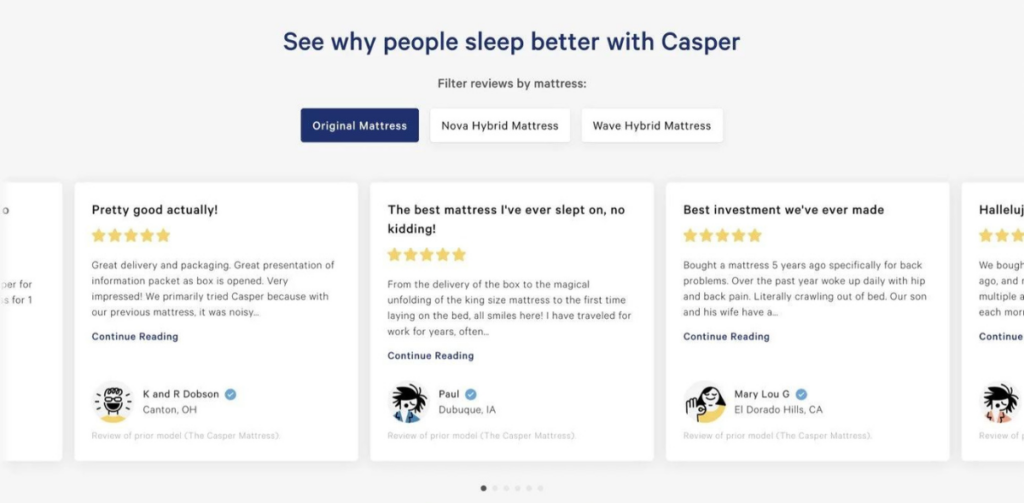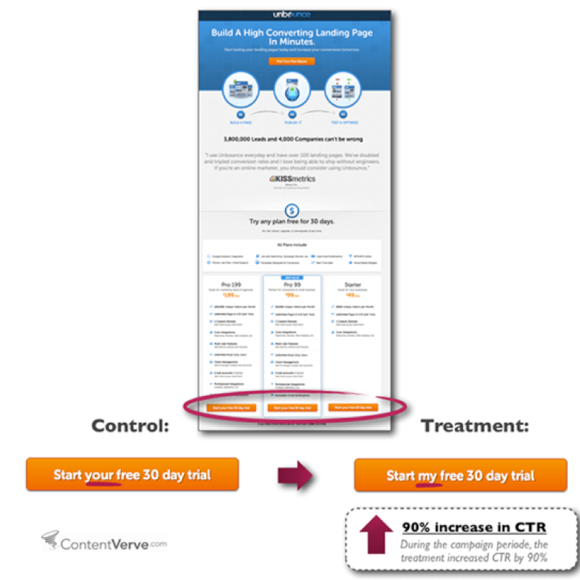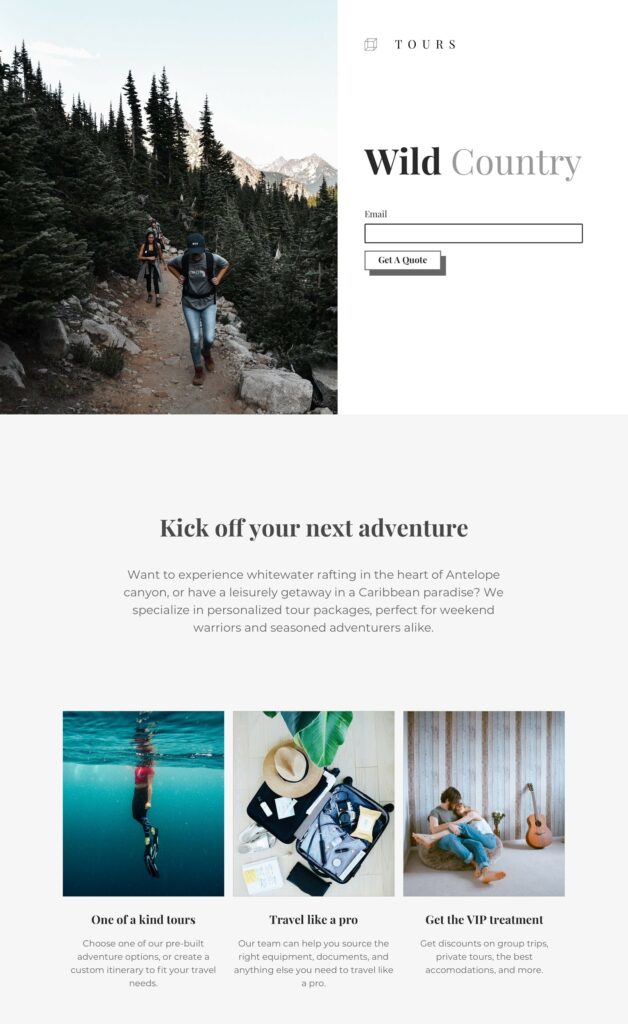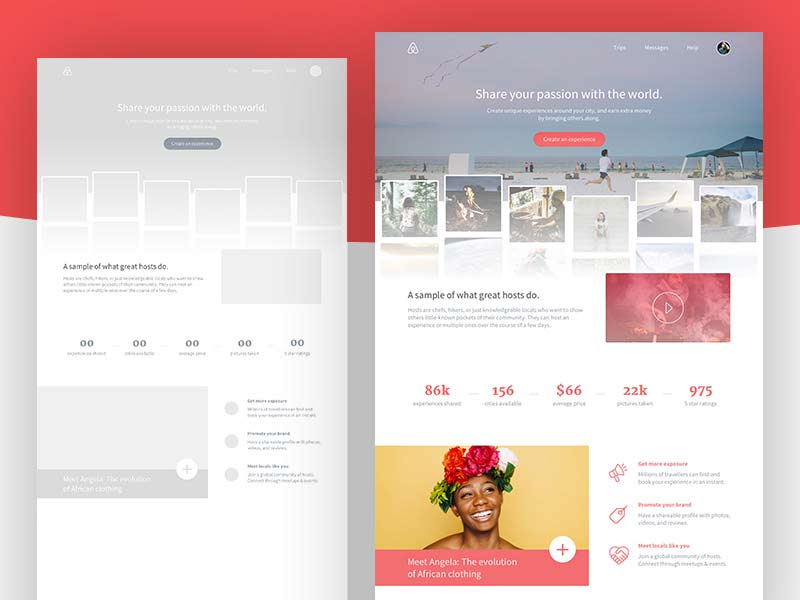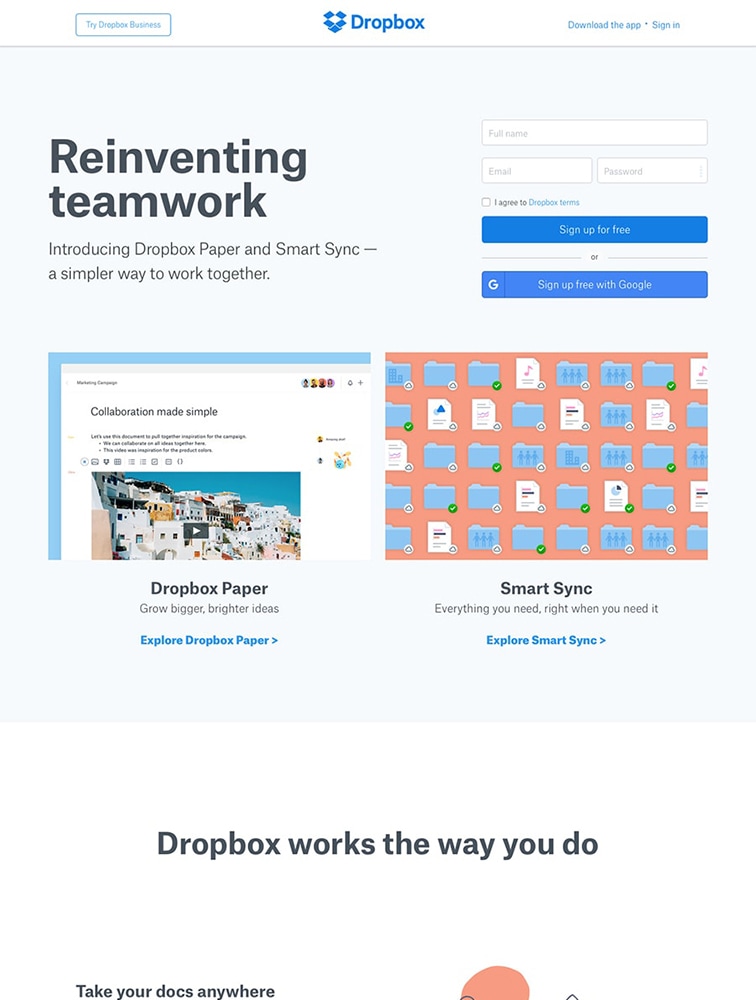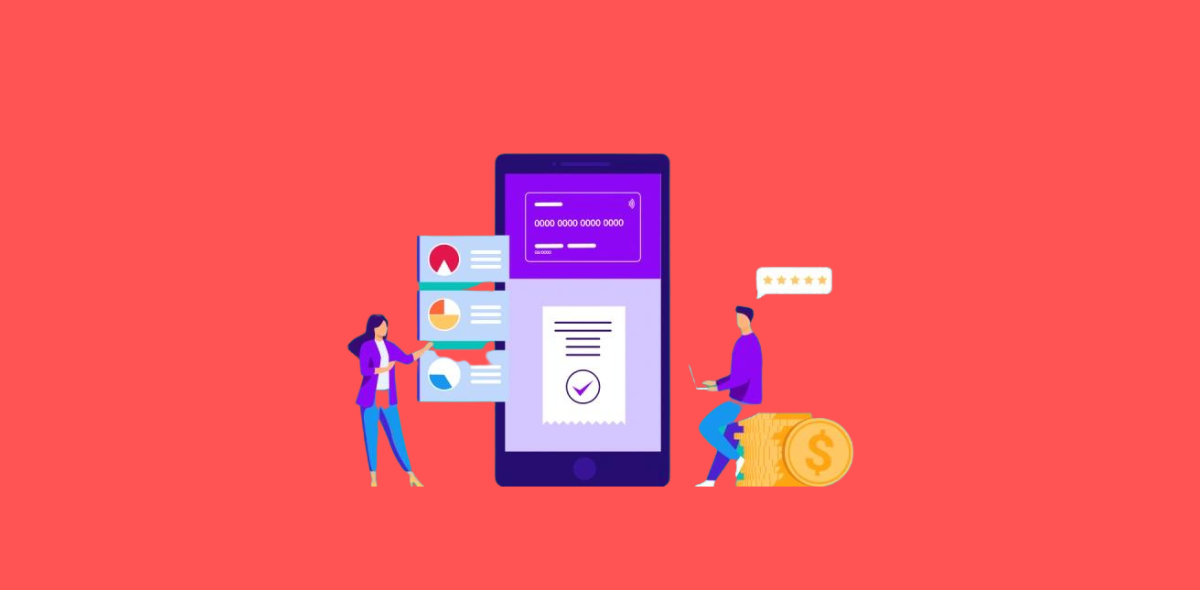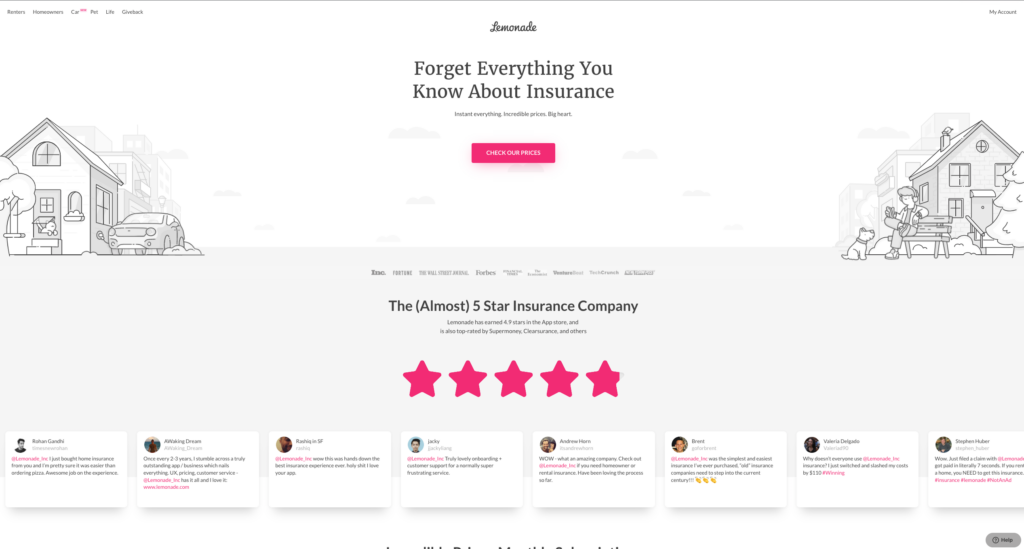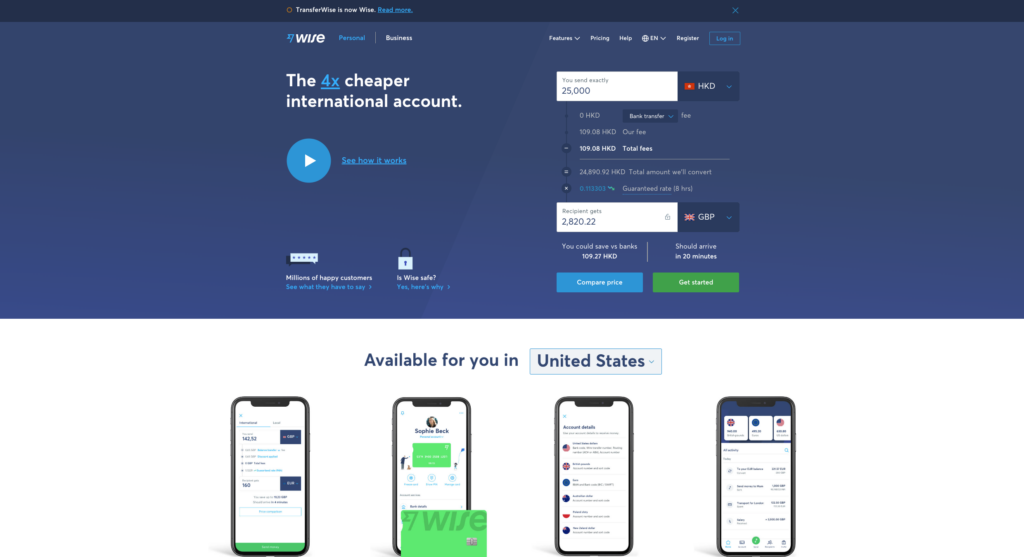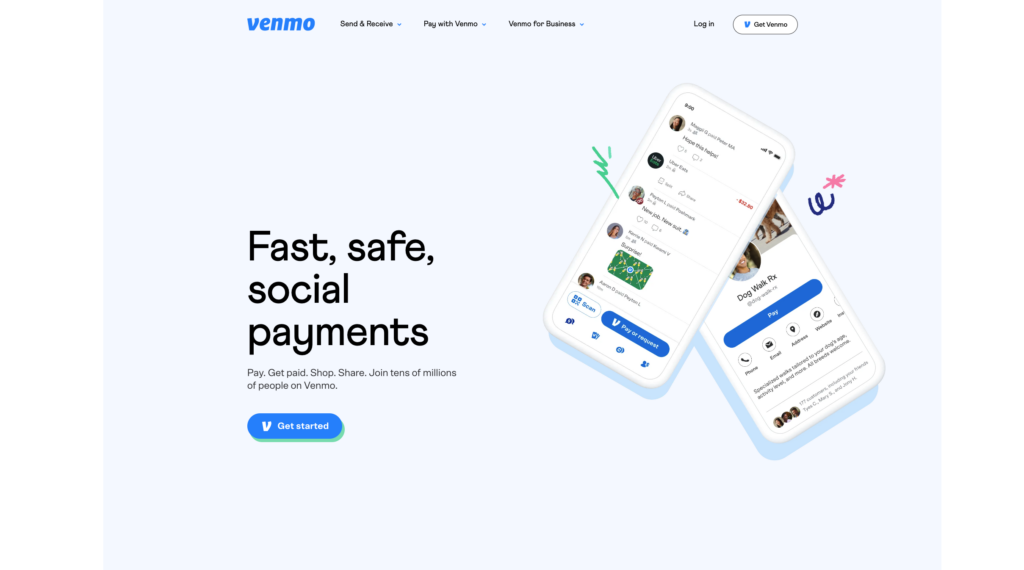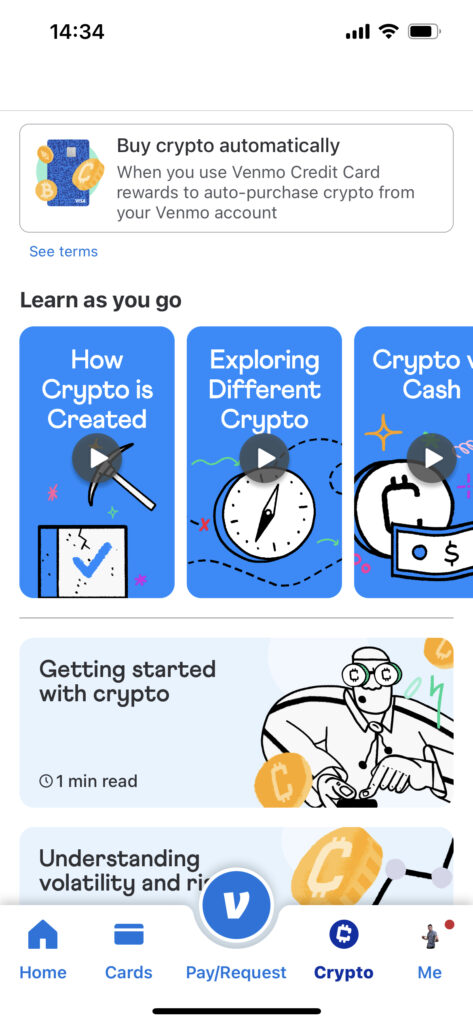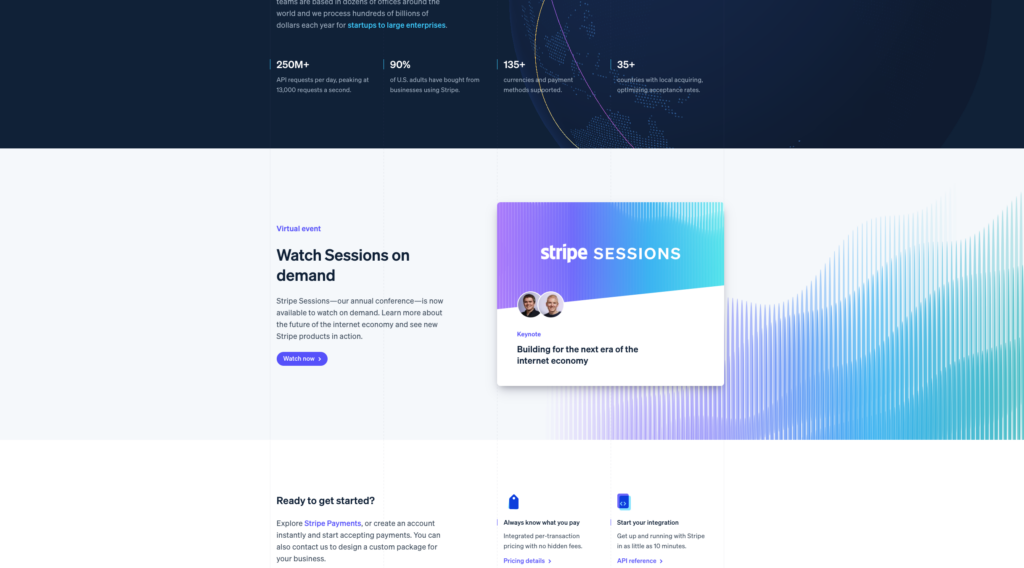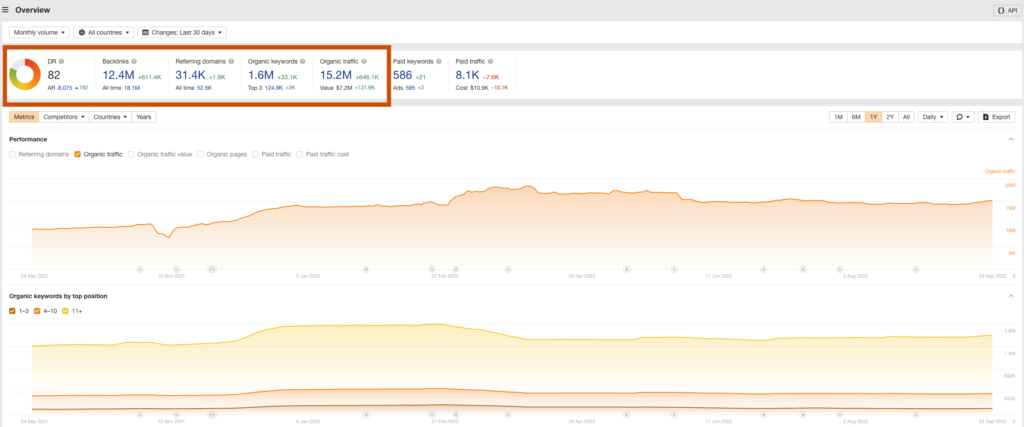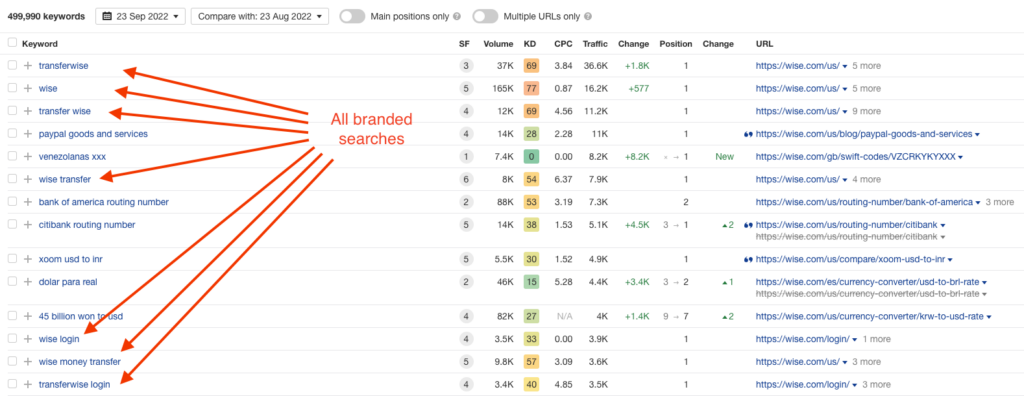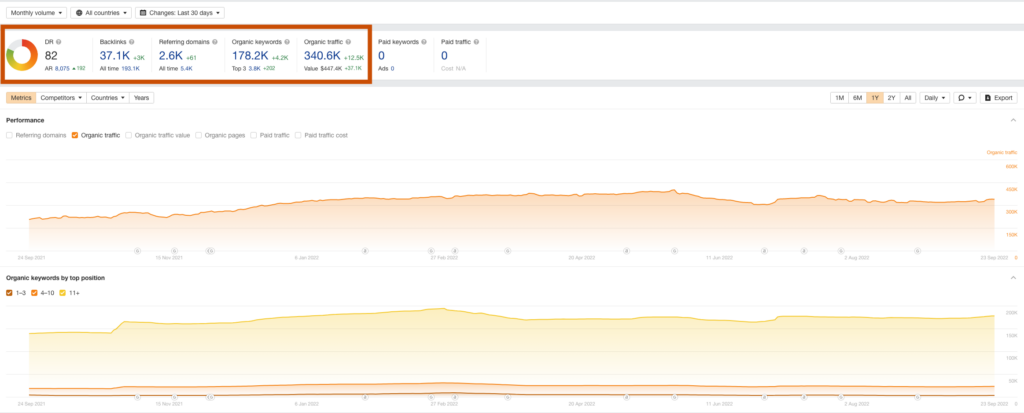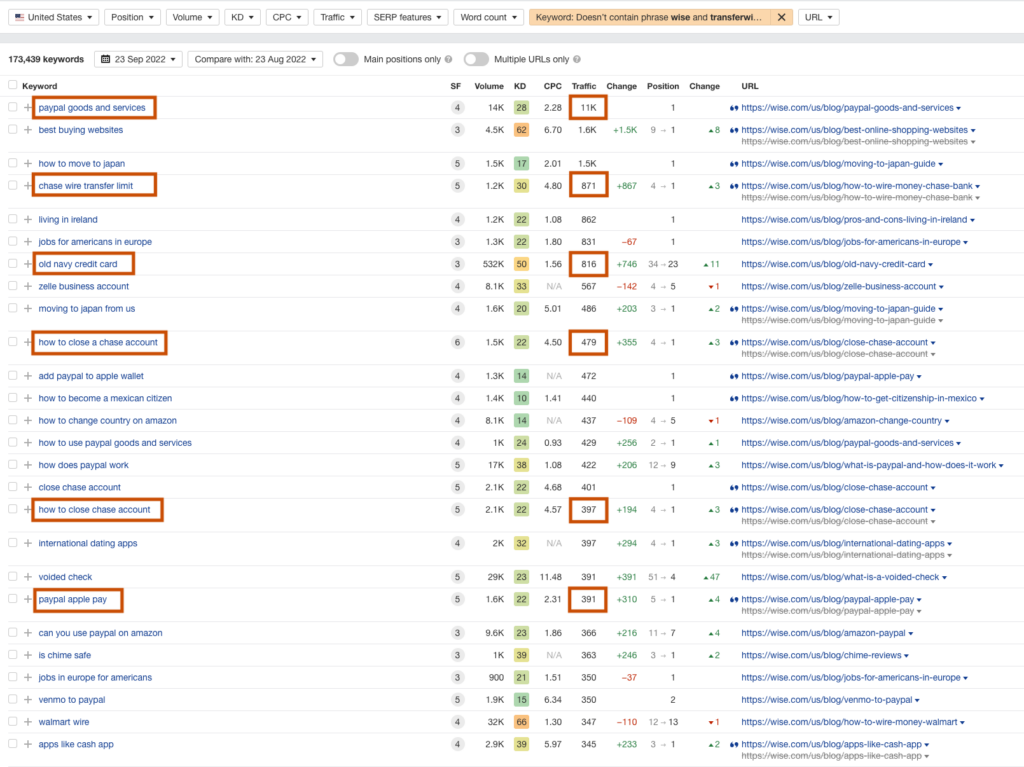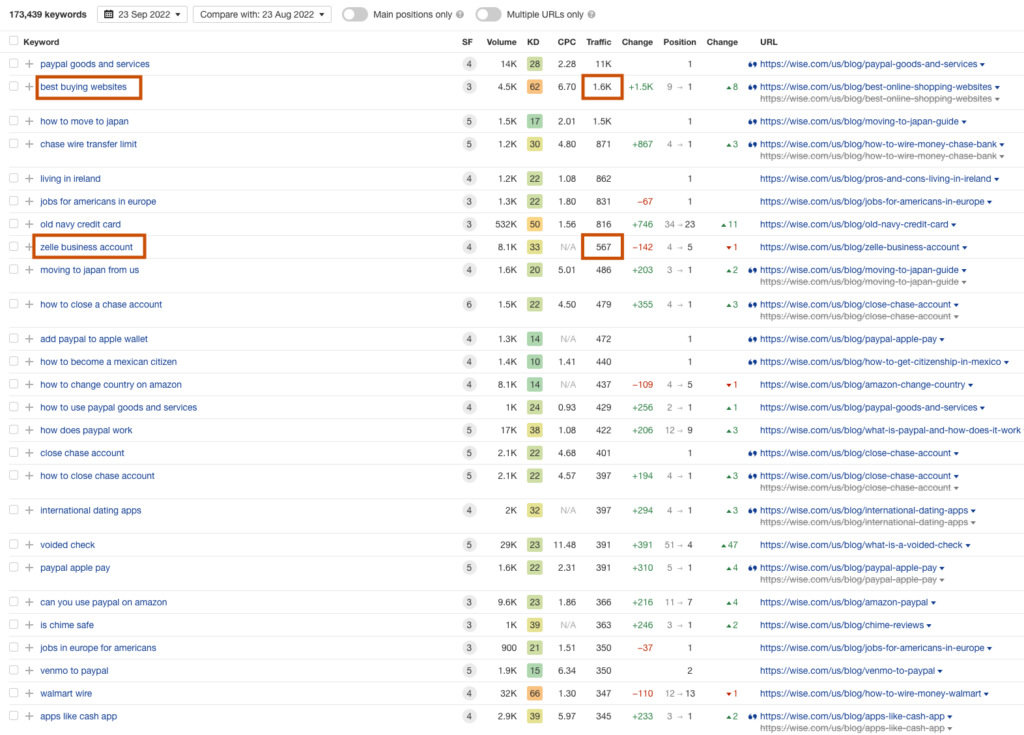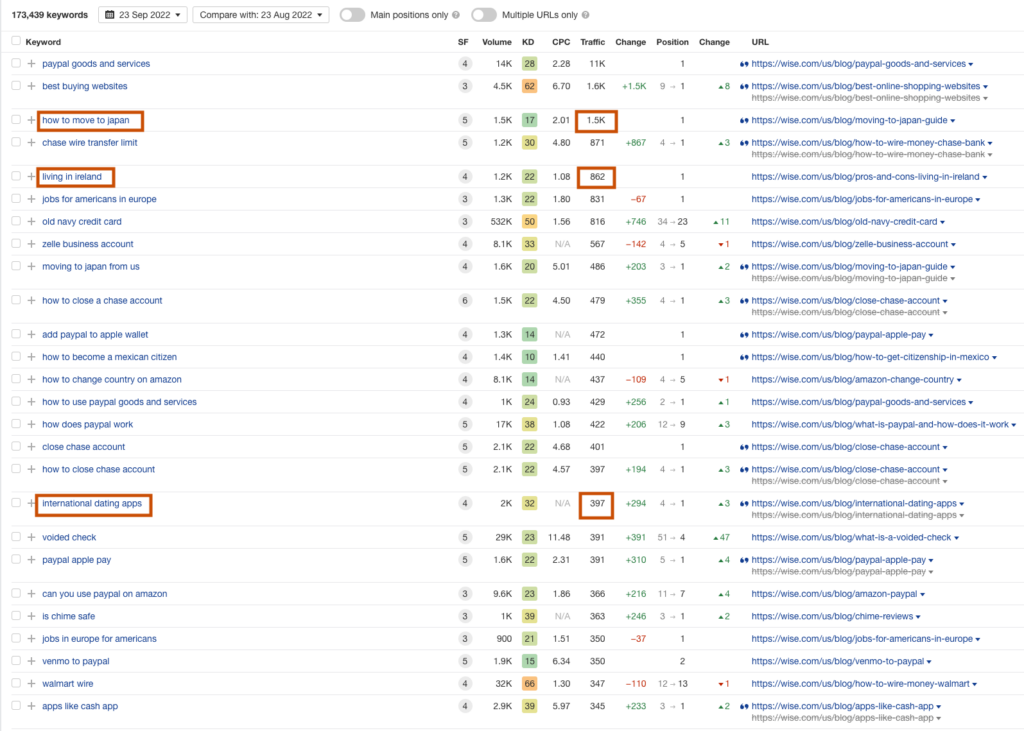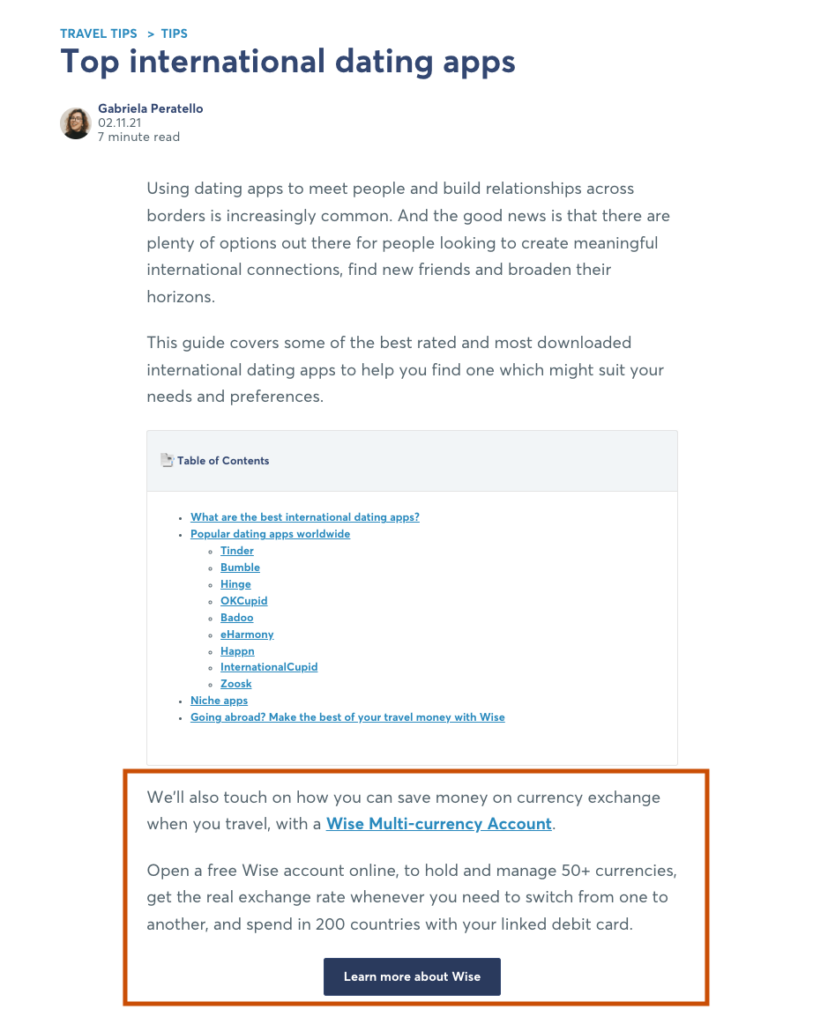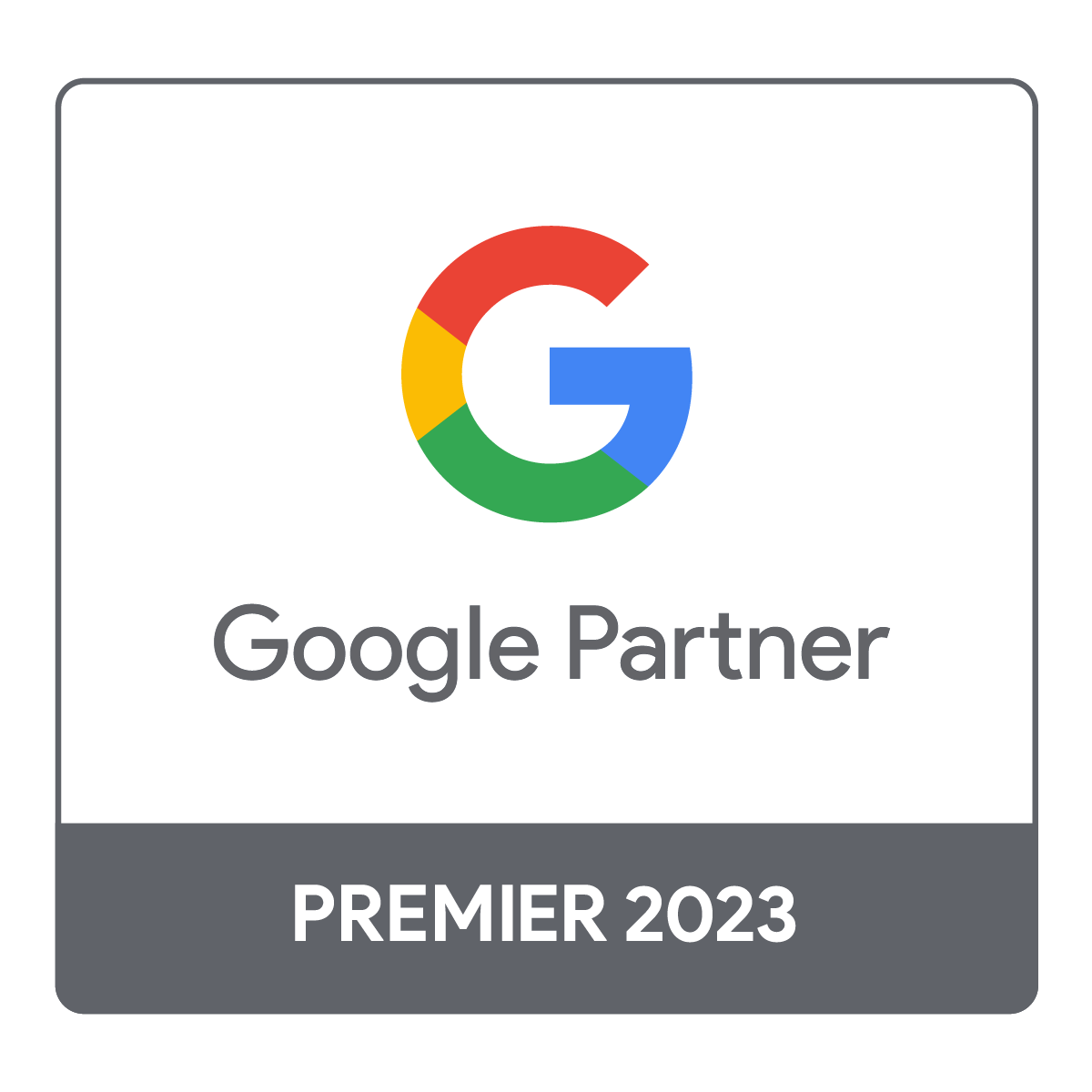As content marketers, we always try to find the best way to engage our audiences, and blogs are a tried-and-true method to do so. How much should you write and what should the word count be?
And yet, the consumption of digital content is ever-changing, so it’s important to keep up with best practices. In recent years, there was an emphasis on short snappy content. We can see this with the rise of platforms like Tik Tok and IG.
Has this had an impact on blogs and their place in content marketing? What is the ideal length for a blog post? Are blogs still relevant for 2025?
In this blog post, we will explore these questions and more. Also, we’ll share some tips on how you can write blogs to engage your readers!

The average blog post is now 1,600 words long.
While short-form content may be the name of the game across social media platforms, statistics reveal that longer-form posts still reign supreme when it comes to blogs, a key component of content marketing and business strategy. In fact, blog posts are now averaging in 1,600 words in word count.
In line with this, bloggers and brands are now investing more time and effort into creating lengthy, high-quality blog posts. These blog posts allow for a deeper dive into a topic, showcasing the expertise and authority of the writer or brand.
And clearly, this investment is paying off, as longer blog posts tend to rank higher in search engines, as well as generate more shares and engagement on social media.
So the next time you think about hitting the “publish” button on a shorter blog post, consider investing the extra time and energy into crafting something longer and more comprehensive.
Your readers (and search engines) will thank you for it.

Longer word count blog posts are more likely to be shared on social media and generate more leads.
For any content marketer, success means generating leads and engagement. And guess what? It turns out that blog post length may be a determining factor in both of those metrics.
Hubspot noted that blog posts between 2,000 and 2,500 words tend to generate more leads and social shares.
Yes, it can be tempting to skimp by with shorter blog posts. Yet, long-form blogs allow for more comprehensive and helpful content. And in today’s world, where there is abundant information at our fingertips, this proves to be all the more valuable for readers.
So next time you sit down to write a blog post, don’t neglect the value of longer word counts in driving lead generation and social shares.
There are several ways to make your blog posts longer without becoming bogged down in unnecessary detail.
Do you struggle to make a blog post longer without adding irrelevant information or filler content?
It can be a tricky balance, but there are definitely ways to ensure your posts are thorough without sacrificing quality. One tip is to include multiple examples or case studies to support your main points.
Another trick is to include a Q&A section where you address frequently asked questions related to the topic at hand. You can also add images, infographics, and videos to break up your text and keep readers engaged.
And don’t forget about the power of storytelling. Using personal anecdotes in a blog can add depth and emotion while also lengthening your post.
Ultimately, the key is to provide value and substance with every word you write, and suggestions are intended to help you do just that.

Make sure your content is well-researched and provides valuable insights for readers.
When creating content, remember that users are trusting you to give them valuable insights and answers. This means it’s crucial to take the time to do thorough research and only share reliable information.
Understanding your audience persona can also help guide the direction of your research. It will ensure that you are providing content that will be helpful for them.
Your readers will appreciate the effort you took to make sure your content is well-researched and
informative. By going above and beyond, you can truly provide valuable insights for your users.
Do your due diligence – make sure you know your topic inside and out.
Your content should aim to solve customer pain points. And to do so, it’s crucial that you know your topic inside and out.
When conducting research, start by asking questions, gathering information, and looking for pattern connections. Good old Google can be a helpful tool, but don’t be afraid to go beyond just using Google with your research either. One can also reach out to experts in the field, or consider conducting surveys or interviews.
In the end, being well-versed in your topic ensures that your content provides true value for your audience.
Write for your audience – be clear and concise, and use easy-to-read language.
As a content creator, it’s important to know your target audience and tailor your writing to their needs and what appeals to them.
Using too much jargon or complex language can be intimidating or make it difficult for them to understand.
Instead, focus on clear and concise language that gets your message across effectively. It’s also essential to consider the role of search engine optimization when crafting your words.
Incorporating target keywords in a natural and readable way can help boost the visibility of your content. Think outside the box with your keyword search terms, and you may be surprised at the valuable content that pops up. Some great tools to use are Google Search Console and Google Trends.
Above all, remember that your goal is to communicate effectively with your target audience. Don’t lose sight of that by getting caught up in flowery language or industry buzzwords.
Write for them, not for yourself or others in your industry.
Proofread, proofread, proofread! – there’s nothing worse than publishing content with mistakes.
At the end of the day, quality content is a reflection of your brand. You wouldn’t walk into a meeting with stained pants and unkempt hair, so why would you publish articles riddled with errors?
Proofreading isn’t just about catching typos and grammar mistakes. It’s about ensuring that all the information in your content is accurate and fact-checked.
Publishing error-free content shows attention to detail and professionalism, setting you apart from your competitors. So remember: proofread, proofread, proofread! It’s the only way to guarantee quality content.
Readers are more likely to engage with longer posts.
At first glance, it may seem counterintuitive for readers to prefer long blog posts over shorter ones.
However, long-form content allows for deeper exploration and analysis of a topic, providing more value to the reader.
Plus, with longer content comes the opportunity for greater engagement. Writers have room to include interactive elements like polls or quizzes.
Also, readers can leave longer and more thoughtful comments. If the content written is helpful, your audience will be left with more food for thought.
In an era of soundbites and short attention spans, long-form content offers a refreshing change of pace that keeps readers coming back for more.
As Steve Jobs said, “people don’t know what they want until you show it to them.”
By showing readers the value of long-form content, we can understand and appreciate its appeal.

Want more sales? Want more leads?
See how First Page can drive insane sales. See actual results from your SEO campaign! Contact us!
Are there any drawbacks to writing longer blog posts?
It may take longer to craft a long-form blog post, but ultimately, they have the potential to generate higher levels of engagement and drive more qualified traffic to your site, whether for B2B or B2C businesses.
We believe there is power in depth. By providing greater detail and substance in your blogging content, you allow your readers to truly understand and connect with your message.
In our opinion, the reward outweighs any initial time investment. So if you have something valuable to share with your target audience, don’t be afraid to dive deeper and write a longer blog post. It could end up being one of your most successful pieces of content.

When to stop writing and adding to your word count?
How do you know when your blog post is long enough and when it’s time to stop writing?
As a digital agency, one question we often hear is, “how do you know when to stop writing?” The answer ultimately depends on the type of blog you’re running and who your target audience is.
If you’re running a B2B blog, longer posts tend to perform better as they can deeply explore complex topics. On the other hand, if your blog is B2C focused, shorter posts may be more engaging for readers with shorter attention spans.
There’s no hard and fast rule for blog post length, but our guideline is to keep going until you’ve thoroughly analyzed and communicated all the key points relevant to the topic. Aim for around that magical 1600-word count.
At the end of the day, what matters most is creating valuable content that resonates with your audience. So trust your judgment, and don’t be afraid to experiment with post length to see what works for you.
Final thoughts
So, what’s the ideal length for a blog post in 2025? We believe that posts between 1,000 and 2,000 words will generate the most engagement. However, there is no “one size fits all” answer to this question – it varies based on your niche and audience.
Do some research to find out what works best for your audience. It is wise for you to experiment with different lengths too, and see which length generates the most engagement.
Remember, you can increase your chances of engaging with your target audience by writing for them. Your quality content should be tailored to their needs and provide value.
By doing your research and taking the time to produce well-written posts, you’ll be on your way to seeing better results from your blogging efforts.
Once you get a good gauge of the content length that engages your audience the most, stick to that formula! And don’t forget – always include a strong call to action at the end of your post, so readers know what you want them to do next.
For more tips on how to write blog posts that engage your audience, check out our other blog posts, or contact us today if you need premium blogs for your business.

Ready to reach page one on Google?
We know you want to make real money! Get ready to convert customers like crazy with winning content. Contact us today!
What else can you do to drive engagement apart from blogs?
Boosting your engagement with content is no easy feat. Any market for customers is fiercely competitive. We have some great blogs on other marketing tactics that can help you beat the competition, learn more today:
- Perfect Your Email Marketing Strategy Now
- What Are The Top PPC Ideas You Ought To Know?
- Social Media Strategies: Successful Ones You Can Learn From
- Helpful Content Tips: Get Noticed Before The Competition
- 6 Easy Digital Marketing Hacks To Increase Your Leads
If you are a busy entrepreneur, you probably don’t have much time to devote to marketing. If this is the case, we encourage you to review some of our strategic digital marketing services to drive more sales:
- SEO for your business to drive qualified leads
- Social media management for improved brand awareness
- Linkbuilding to drive organic traffic to your website
- Top converting landing pages to convert your leads
- Email marketing campaigns to bring in referrals



